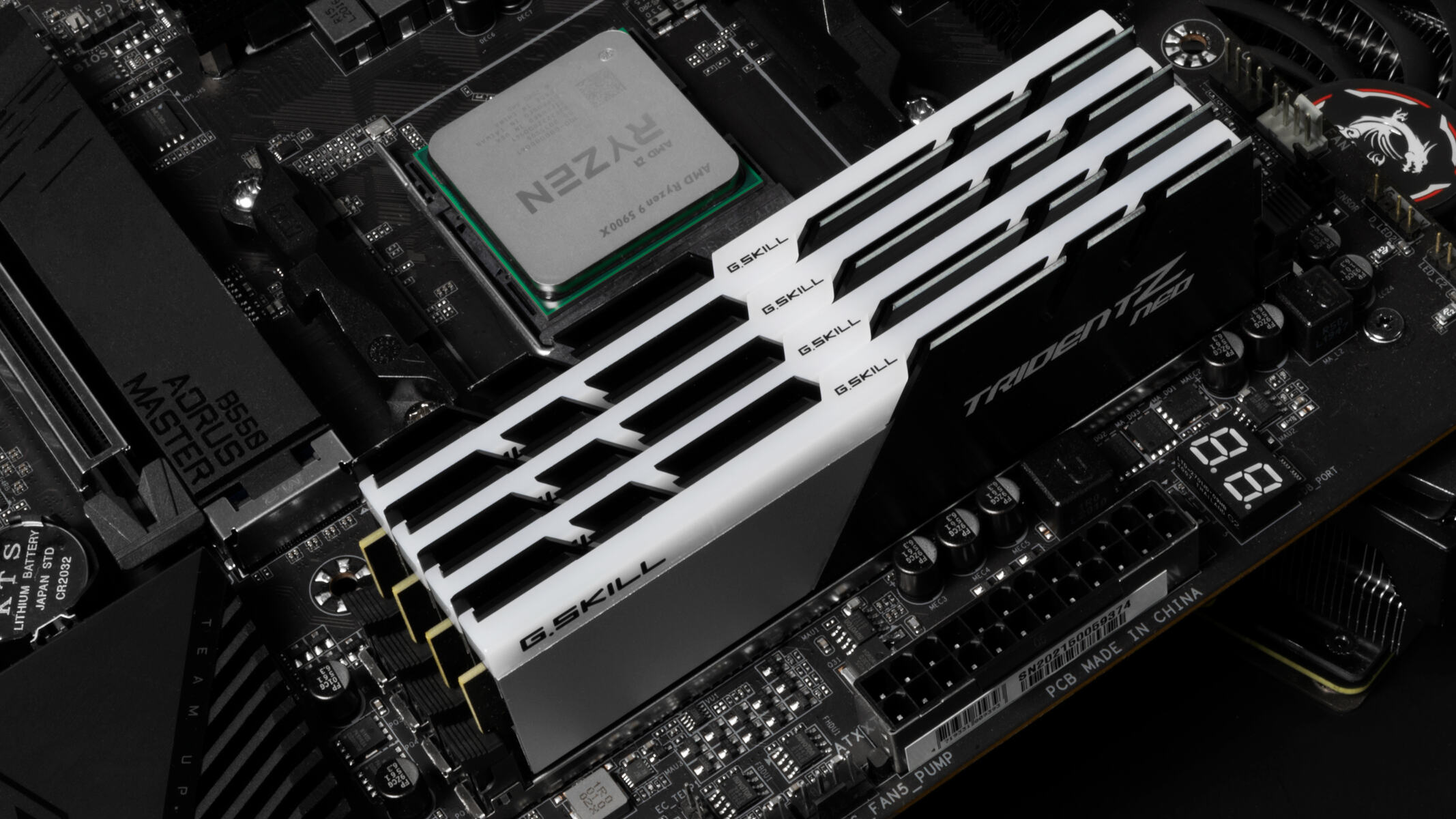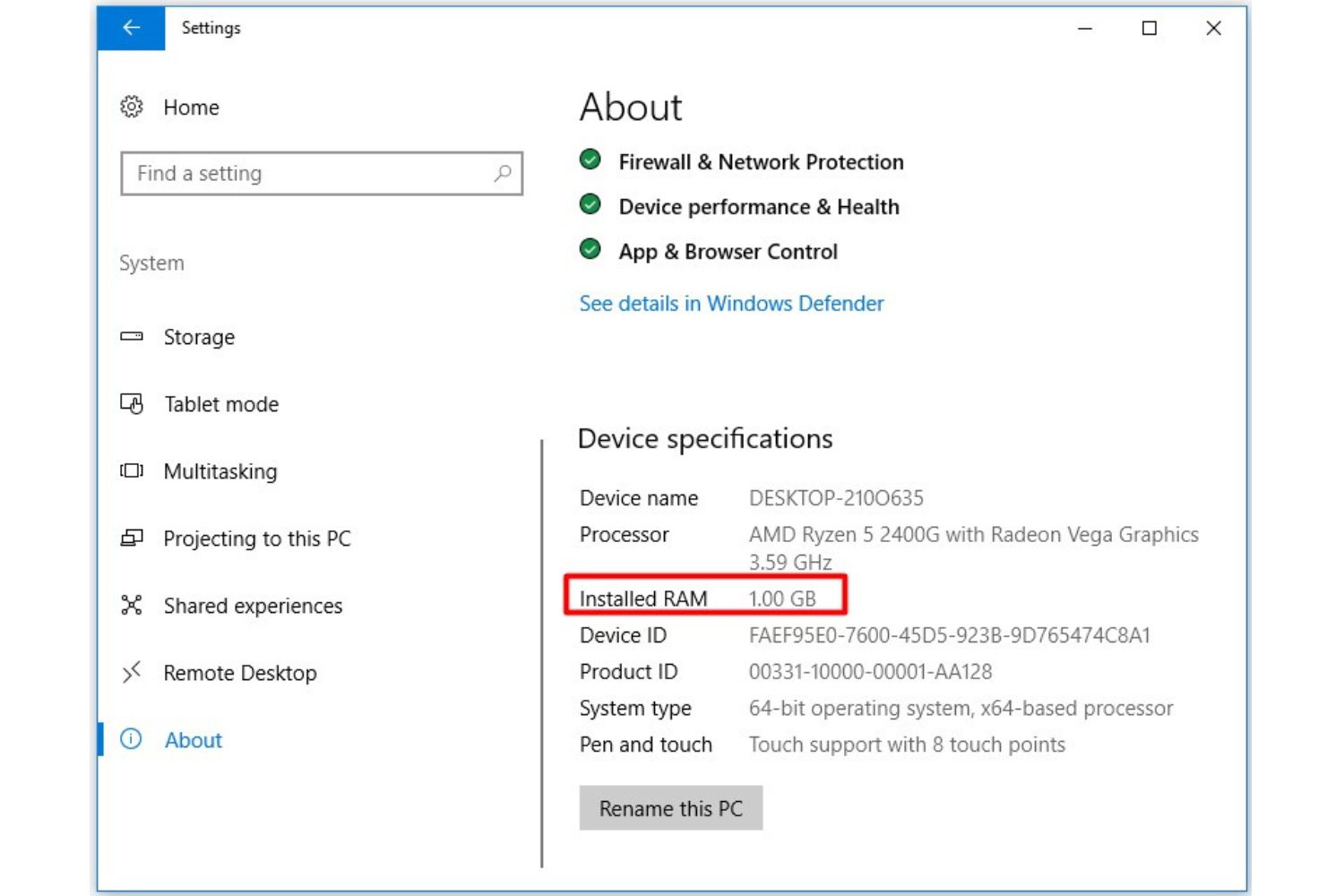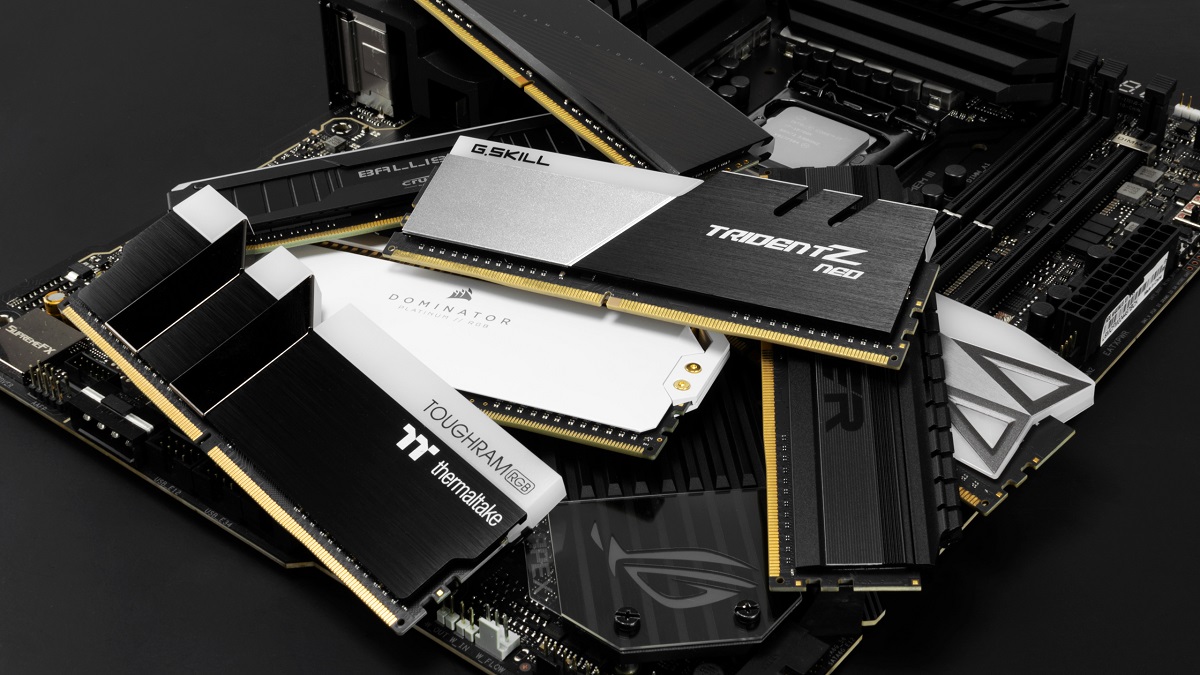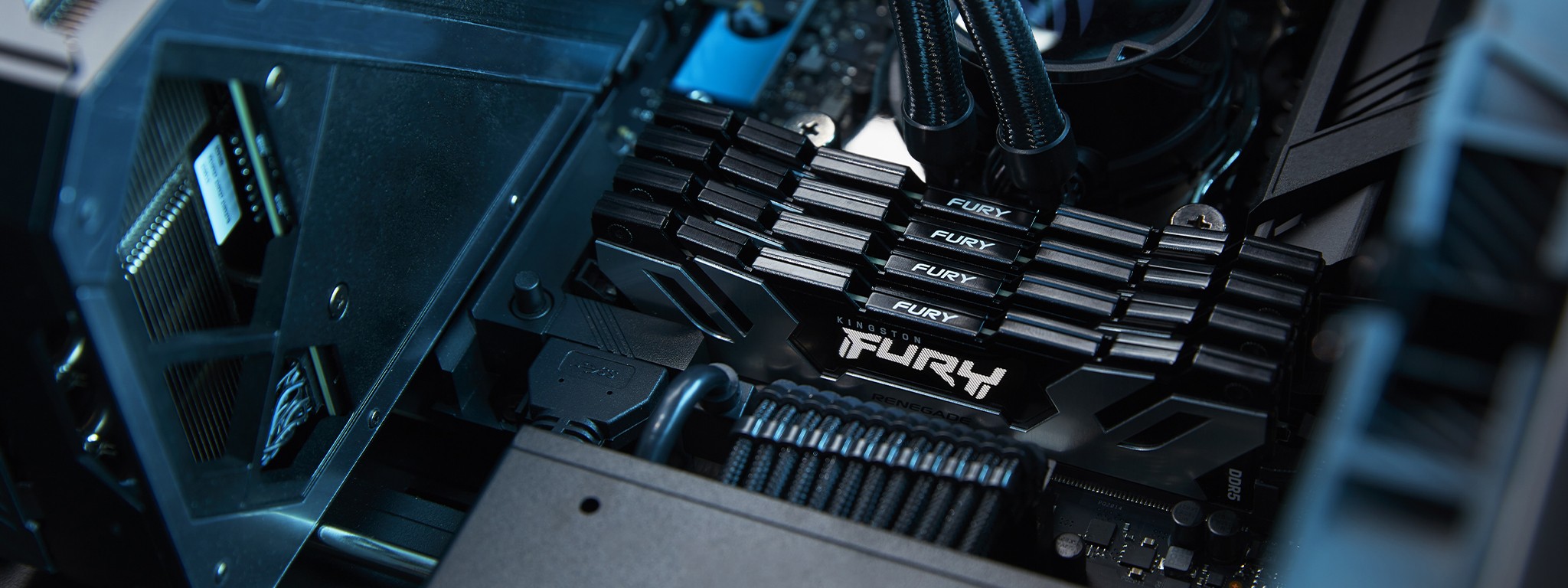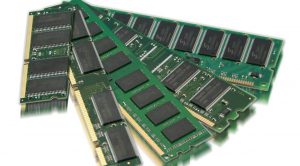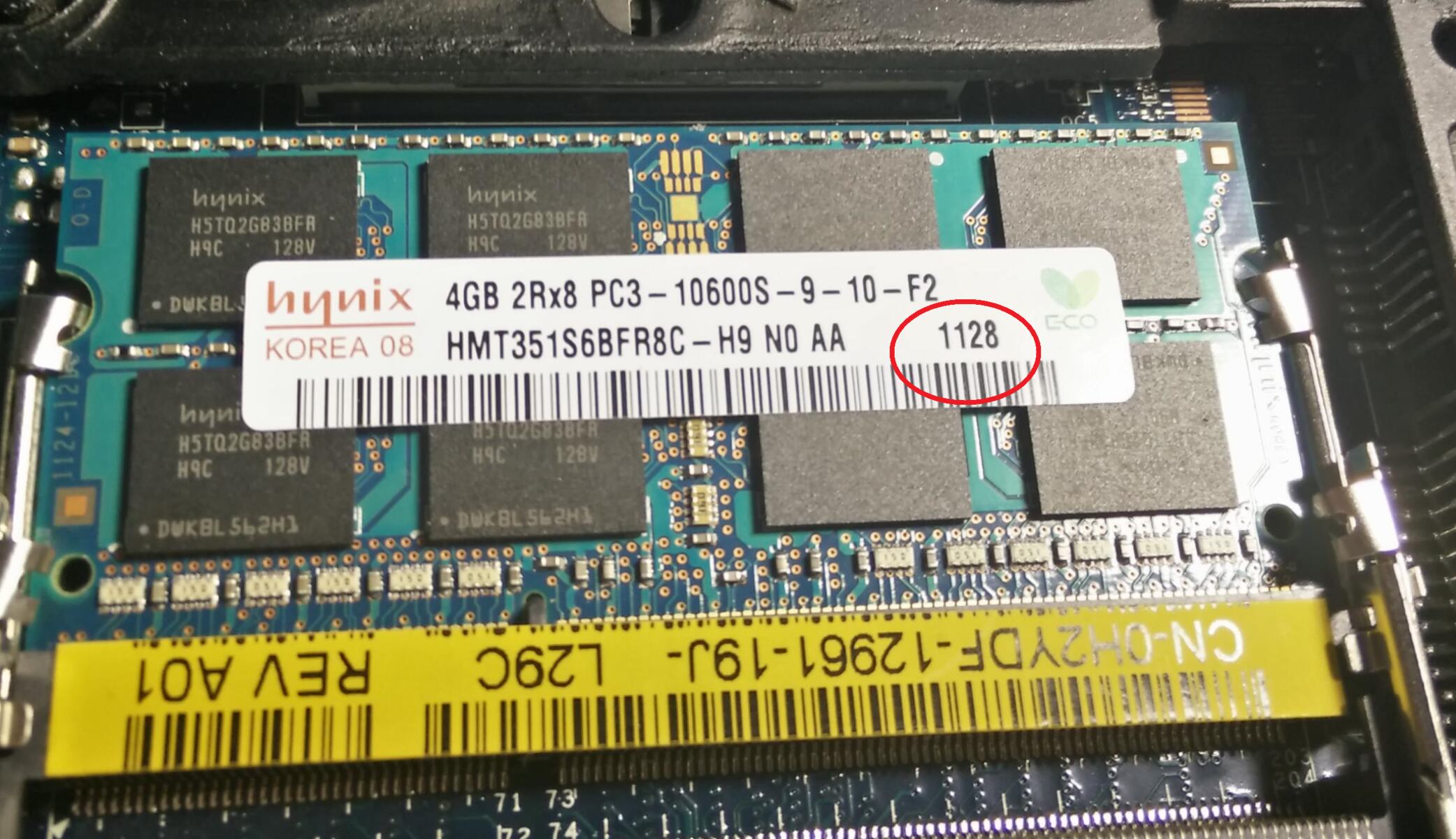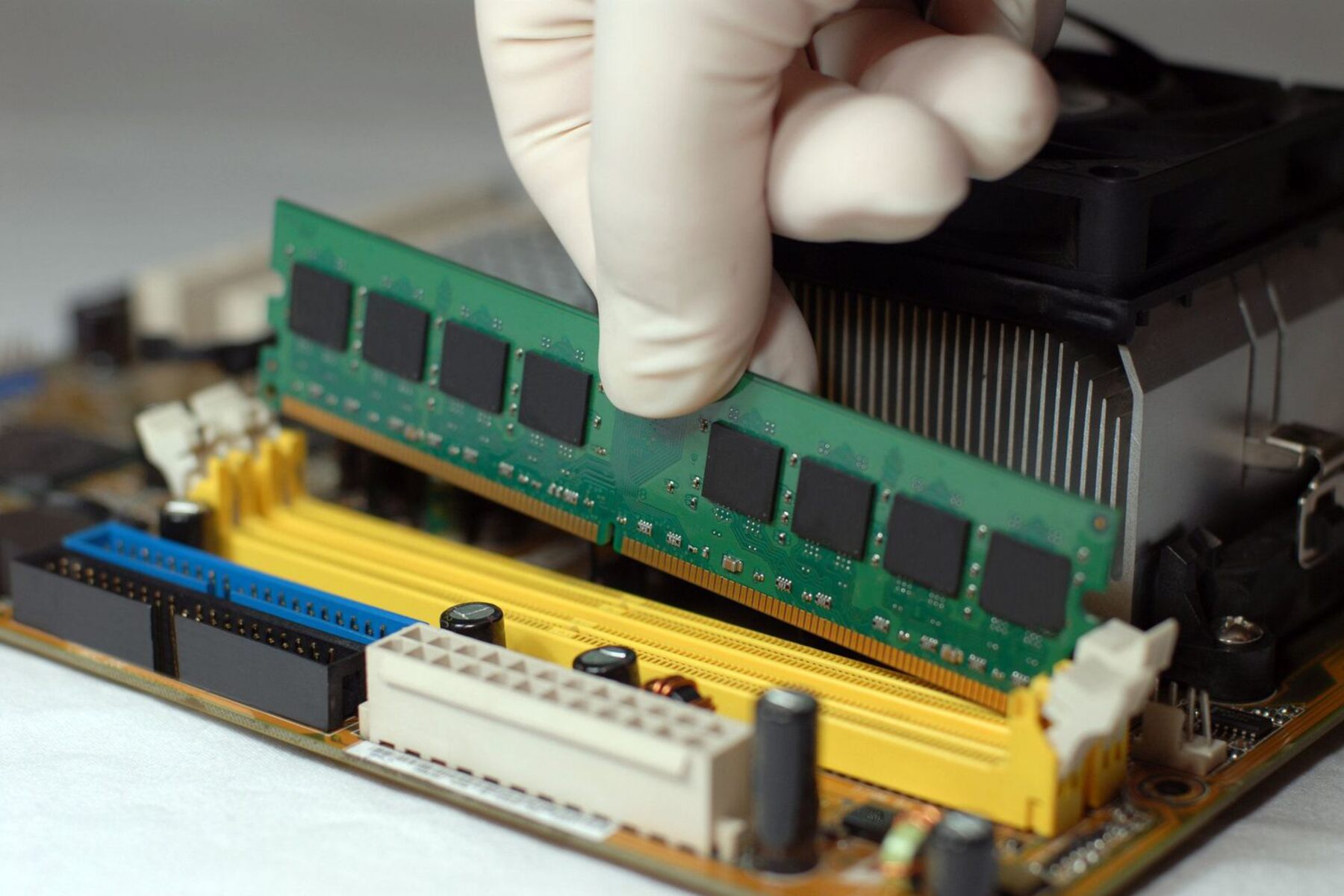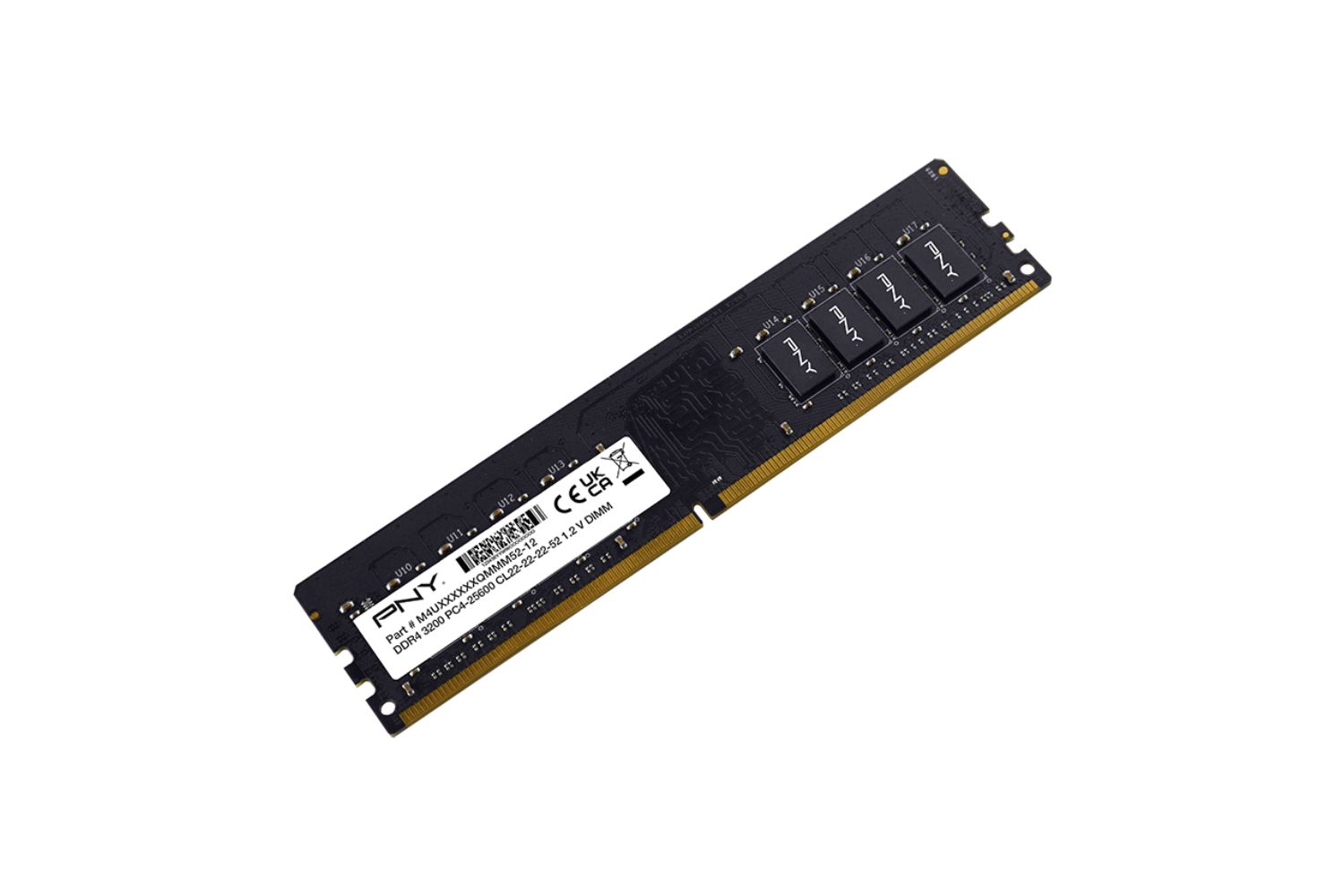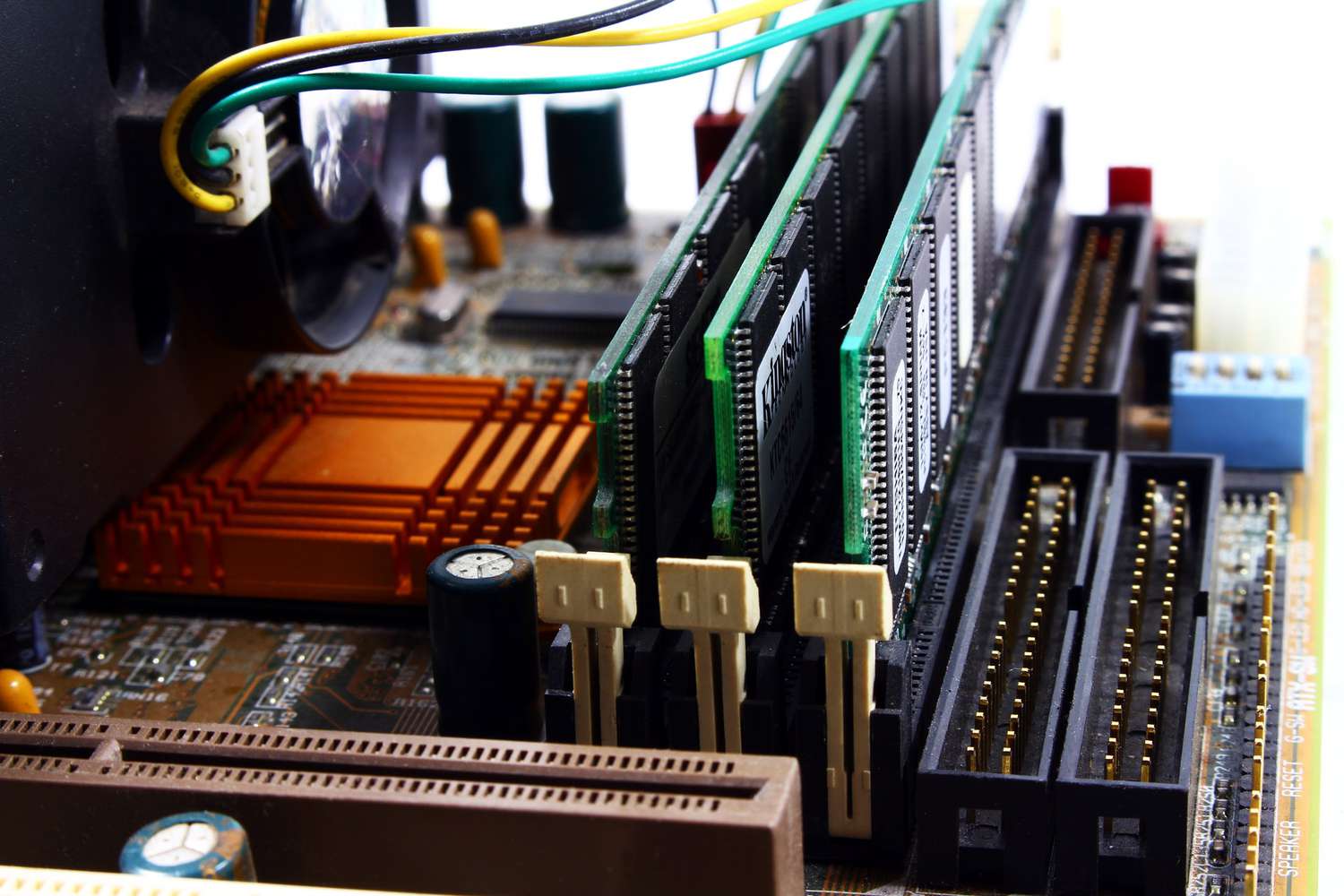Introduction
Welcome to the world of computer hardware! If you are looking to upgrade your computer’s memory, it is essential to understand how much RAM speed your motherboard supports. RAM (Random Access Memory) plays a crucial role in the overall performance of your computer, allowing for faster data access and smoother multitasking. However, not all motherboards can accommodate the same RAM speed, so it’s important to know the specifications of your motherboard.
In this article, we will guide you through the process of determining the RAM speed supported by your motherboard. We will also explain the different types of RAM available and how to check the BIOS settings to optimize RAM speed. Whether you are a seasoned computer enthusiast or a beginner in computer hardware, this article will provide you with the information you need to make informed decisions about upgrading your computer’s memory.
Before we dive into the technical aspects, it’s worth mentioning that upgrading your computer’s RAM can significantly improve its performance. If you find your computer running sluggish or struggling to handle demanding tasks, upgrading the RAM can be a cost-effective solution to enhance its speed and responsiveness. By understanding the RAM speed supported by your motherboard, you can ensure compatibility and maximize the benefits of upgrading your computer’s memory.
So, let’s get started by exploring how to check the specifications of your motherboard to determine its compatibility with different RAM speeds.
Checking the specifications of your motherboard
Before you can determine the RAM speed supported by your motherboard, you need to gather information about its specifications. Here are a few methods to do so:
- Consult the user manual: The user manual that came with your motherboard is a valuable resource for finding its specifications. Look for a section that mentions the supported RAM speed or the memory specifications. If you can’t find the physical manual, you can usually find an electronic version on the manufacturer’s website.
- Visit the manufacturer’s website: Most motherboard manufacturers provide detailed information about their products on their websites. Find the support page for your specific motherboard model and look for the specifications or product details. You should be able to find information about the supported RAM speed in this section.
- Use third-party software: There are several third-party software programs available that can provide you with comprehensive information about your computer’s hardware. Programs like CPU-Z and Speccy can display the motherboard model and its specifications, including the supported RAM speed. Simply download and install the software, and it will generate a report with all the relevant details.
Once you have obtained the specifications of your motherboard, you can move on to the next step of identifying the RAM speed it supports. Keep in mind that different motherboard models have different limitations when it comes to RAM speed, so it’s crucial to know the specific details of your motherboard.
Now that you have gathered the necessary information about your motherboard, let’s proceed to the next section where we will discuss how to identify the RAM speed supported by your motherboard.
Identifying the RAM speed supported by your motherboard
Now that you have the specifications of your motherboard, it’s time to identify the RAM speed it supports. Here are a few ways to determine the supported RAM speed:
- Refer to the user manual or manufacturer’s website: As mentioned earlier, the user manual or the manufacturer’s website is the most reliable source of information regarding the supported RAM speed. Look for the section that specifies the maximum RAM speed supported by your motherboard. It may be listed as a frequency, such as 2400MHz or DDR4-3200.
- Check the motherboard product page: If you are using a popular and well-known motherboard brand, chances are there will be online forums or product pages where other users and enthusiasts discuss the supported RAM speed. Look for official documentation or discussions where users share their experiences with RAM upgrades.
- Use system information tools: There are system information tools available that can provide details about your motherboard, including the supported RAM speed. Programs like CPU-Z, Speccy, or HWInfo can display the maximum RAM speed supported by your motherboard. Simply download and install one of these tools, and it will provide you with a comprehensive report of your system’s hardware.
By using these methods, you can easily identify the RAM speed supported by your motherboard. Remember that it’s important to match the supported RAM speed with the RAM modules you plan to install. Using RAM with a higher speed than what your motherboard supports may result in compatibility issues, while using RAM with a lower speed may underutilize your system’s capabilities. Therefore, always ensure that the RAM modules you purchase are compatible with the supported RAM speed of your motherboard.
Now that you have determined the RAM speed supported by your motherboard, let’s move on to the next section where we will discuss the different types of RAM and their compatibility.
Understanding the different types of RAM
When it comes to RAM, there are various types available in the market. Each type has its own set of specifications and compatibility requirements. Here are the most common types of RAM:
- DDR4: DDR4 (Double Data Rate 4) is the latest and most widely used type of RAM in modern computers. It offers faster data transfer rates and higher capacities compared to its predecessors. DDR4 RAM modules are available in various speeds, such as 2400MHz, 3200MHz, or even higher. Make sure to choose DDR4 RAM that matches the supported RAM speed of your motherboard.
- DDR3: DDR3 (Double Data Rate 3) was the standard RAM type for many years before DDR4 was introduced. DDR3 RAM modules are still widely available and supported by older motherboard models. However, they typically have slower data transfer rates and lower capacities compared to DDR4. If your motherboard supports DDR3 RAM, be sure to check the maximum supported speed to ensure compatibility.
- DDR2 and DDR: DDR2 and DDR (Double Data Rate) are older generations of RAM that are now outdated and less common. They are not compatible with the latest motherboard models and should not be used for newer computer systems.
It’s crucial to understand that the RAM type and speed are interdependent. For example, if your motherboard supports DDR4 RAM, it won’t be compatible with DDR3 or older RAM types. Additionally, each RAM type has a specific slot configuration, so be sure to purchase RAM modules that fit the physical slots on your motherboard.
When purchasing RAM modules, it’s always best to choose reputable brands and ensure that they are compatible with your motherboard’s specifications. By understanding the types of RAM available and their compatibility with your motherboard, you can make informed decisions about upgrading your computer’s memory.
Now that we have discussed the different types of RAM, let’s move on to the next section where we will explore how to check the BIOS settings for RAM speed.
Checking the BIOS settings for RAM speed
After identifying the supported RAM speed of your motherboard and installing the compatible RAM modules, you may need to adjust the BIOS settings to ensure that the RAM is running at its optimal speed. Here’s how you can check the BIOS settings for RAM speed:
- Reboot your computer: Start by restarting your computer and accessing the BIOS. The method to enter the BIOS varies depending on the motherboard manufacturer. Commonly used keys to access the BIOS include Del, F2, F10, or Esc. Refer to the user manual or look for on-screen prompts during the boot process to determine the appropriate key for your motherboard.
- Access the BIOS settings: Once you are in the BIOS, navigate to the section related to memory or system settings. The exact location and naming may differ depending on your motherboard model and BIOS version. Look for options like “Memory Settings,” “DRAM Configuration,” or “Advanced Settings.”
- Check the RAM speed settings: Within the memory or system settings section, there should be an option to configure the RAM speed. It may be referred to as “Memory Frequency,” “DRAM Frequency,” or something similar. Ensure that the RAM speed is set to the maximum supported speed or the desired speed for your RAM modules.
- Save and exit: After adjusting the RAM speed settings, save the changes you made in the BIOS and exit. The computer will restart, and the new RAM speed settings should take effect.
Keep in mind that not all motherboards allow manual adjustments to the RAM speed in the BIOS. Some motherboards automatically detect and configure the RAM speed based on the installed modules. In such cases, you may not need to manually adjust the BIOS settings.
It’s important to note that changing the BIOS settings should be done with caution, as incorrect configurations can cause instability or system errors. If you are unsure about making changes in the BIOS, it’s best to consult the motherboard’s user manual or seek assistance from a knowledgeable technician.
Now that you know how to check the BIOS settings for RAM speed, let’s move on to the next section where we will discuss the concept of overclocking your RAM.
Overclocking your RAM
Overclocking your RAM involves increasing its operating frequency beyond the standard specifications to achieve higher performance. While it can potentially boost your system’s performance, it is important to approach overclocking with caution and understand the potential risks involved.
Here are some things to consider before overclocking your RAM:
- Compatibility: Not all RAM modules are designed for overclocking. Before attempting to overclock, make sure your RAM modules are specifically designed for it. Check the manufacturer’s specifications or look for RAM modules labeled as “overclocking-ready.”
- Heatsinks and cooling: Overclocking generates additional heat, so ensure your RAM modules have proper heatsinks or cooling solutions to prevent overheating. Adequate airflow and proper ventilation within your computer case are also important considerations.
- Stability testing: When you overclock your RAM, stability becomes a critical factor. Be prepared to test the stability of your system through stress tests or benchmarking tools. Unstable overclocked RAM can lead to system crashes, data corruption, or even hardware damage.
- Voltage adjustments: Increasing the operating frequency of your RAM usually requires additional voltage to maintain stability. However, be cautious when adjusting voltages, as too high or too low can cause instability or damage to your RAM modules.
When overclocking RAM, it is recommended to increase the frequency gradually and test the stability after each adjustment. Monitor the system’s performance and stability during stress tests or while performing resource-intensive tasks. If you encounter instability or system errors, consider reducing the overclocked frequency or adjusting the voltage settings accordingly.
It’s worth noting that overclocking your RAM may void the warranty of your RAM modules or motherboard. Make sure to review the warranty terms and understand the potential consequences before proceeding with overclocking.
Lastly, not all motherboards support overclocking. Ensure that your motherboard has the necessary BIOS options and features to adjust RAM frequencies and voltages. Consult the user manual or the manufacturer’s website for specific information about your motherboard’s overclocking capabilities.
Remember, overclocking carries risks, and it should be approached with caution and proper knowledge. If you are unsure or uncomfortable with overclocking, it’s best to stick to the manufacturer’s specified settings for your RAM.
With this knowledge about overclocking, you are now equipped to make informed decisions and explore the possibilities of maximizing your RAM’s performance.
Conclusion
In conclusion, determining the RAM speed supported by your motherboard is an essential step when upgrading your computer’s memory. By checking the specifications of your motherboard through the user manual, manufacturer’s website, or system information tools, you can identify the maximum supported RAM speed.
Understanding the different types of RAM, such as DDR4 and DDR3, is crucial for compatibility with your motherboard. Ensure that you choose RAM modules that match the supported RAM speed and type of your motherboard.
Once you have installed the compatible RAM modules, checking and adjusting the BIOS settings for RAM speed is important for optimal performance. Accessing the BIOS, locating the memory or system settings, and configuring the RAM speed accordingly can be done with caution and adherence to the manufacturer’s instructions.
If you are interested in pushing the performance boundaries of your RAM, you may consider overclocking. However, overclocking should be approached carefully, keeping in mind factors like compatibility, cooling, stability testing, and voltage adjustments.
Remember to always prioritize stability and the manufacturer’s guidelines when it comes to RAM speed and overclocking. Incorrect configurations or excessive overclocking can lead to instability, system errors, or hardware damage.
Now armed with the knowledge of how to determine the RAM speed supported by your motherboard, as well as the various considerations for RAM types, BIOS settings, and overclocking, you can confidently upgrade and optimize your computer’s memory for improved performance.
Whether you are a casual user looking to enhance everyday computing or a passionate gamer and content creator seeking higher speeds and responsiveness, understanding your motherboard’s RAM speed support is a crucial step towards unlocking the full potential of your computer system.







